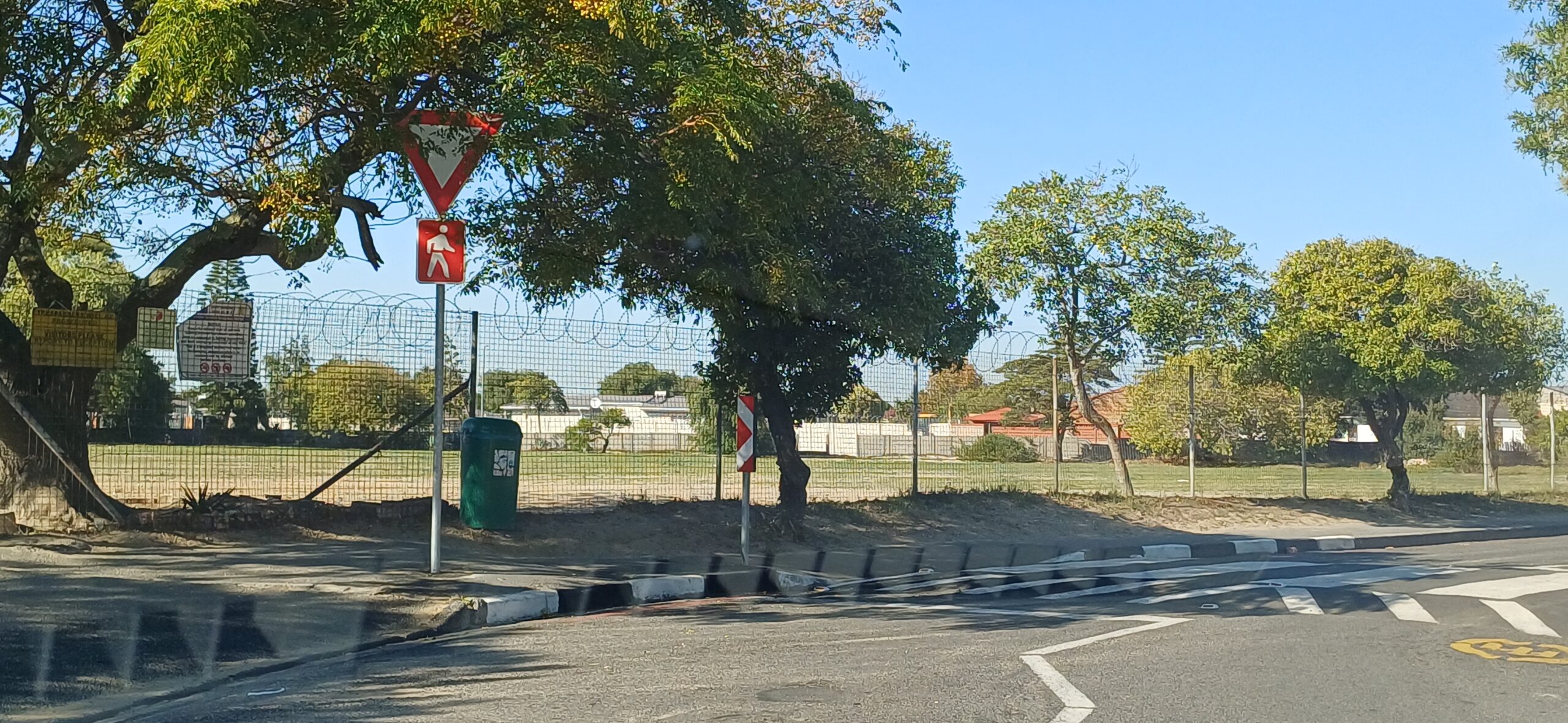To : All News Editors
Issued : 23 May 2024
Attention : News Reporters / Health, Lifestyle and Traffic Reporters / Newswires
FOR IMMEDIATE RELEASE
________________________________________________________________
Global Road Safety Week: Taking Action to Protect Children’s Lives
CAPE TOWN – As the world marks Global Road Safety Week from 20 to 26 May, we are reminded of the devastating impact of road traffic injuries on children and youth. Every day, more than 600 children and young people lose their lives in preventable road crashes, with 97% of these deaths occurring in low- and middle-income countries. Road traffic injuries are the leading cause of death among children and adolescents aged 5-19 years globally, and unintentional injuries pose a significant threat to children’s health and wellbeing. Despite these alarming statistics, road safety for children and adolescents is often overlooked in public health policies.
According to The Road Traffic Management Corporation, pedestrians are the most vulnerable road users in South Africa. RTMC Spokesperson, Simon Zwane says “Statistics show that more than 40 percent of people who die on the roads are pedestrians. This matter must be placed on the national agenda by all sectors society to improve the country’s record of road safety”.
ChildSafe spokesperson and Executive Director, Zaitoon Rabaney “As we mark Global Road Safety Week, we are reminded of the urgent need to prioritize the safety and wellbeing of our children on our roads. In South Africa, we lose far too many young lives to preventable road crashes, and it is our collective responsibility to act”.
“Research shows that a pedestrian who is struck by a motor vehicle travelling between 50 and 70 kilometres per hour has a more than 80% chance of being killed.” says Rabaney
Survivors are often subject to serious injuries that result in physical and mental disability, often due to traumatic head injuries. According to Prof Ursula Rohlwink, The human brain is responsible of our entire human experience. ‘When a child’s brain is damaged, they lose their past, present and their future” says Rohlwink.
HIGH RISK SCHOLAR PEDESTRIAN HOT SPOT IDENTIFIED
The Intersection of Stellenbosch Arterial and Adam Tas, in Belhar Cape Town is one of the identified high-risk intersections used by scholar pedestrians (and all pedestrians in general). This high-volume, high-speed highway has two lanes in each direction with a speed limit of 80km/h. The key challenge to addressing pedestrian safety on this road is that this intersection is located on a provincial road where traditional calming measures may not feasible or permitted.
ChildSafe South Africa intervened with traffic calming measures in and around the schools adjacent to the Stellenbosch Arterial and Adam Tas intersection, in Belhar. The intervention included the successful adoption of the 30lm/h speed restriction at the schools, enforced with raised pedestrian crossing as well as road safety training, education and awareness for children, teachers, and the broader community with support from UNICEF.
Traffic calming is the practice of placing physical measures in a road to control the speeds at which motorists travel. The measures most often used are speed humps, raised pedestrian crossings, raised intersections and mini traffic circles among others.
Meanwhile, the risk to scholar pedestrians still looms at the Stellenbosch Arterial and Adam Tas intersection according to a grade 4 learner who walks to school every day. Akesha says “In the morning when I walk to school the Taxi’s are chasing profit and refuse to slow down, they don’t see us”.
ENDS
ISSUED BY: ChildSafe South Africa
MEDIA ENQUIRIES:
ChildSafe South Africa
Shane Everts
Strategic Communications
shane@childsafe.org.za
Road Traffic Management Corporation
Simon Zwane: (082) 551-9892
Chief Communication Officer
Twitter: @TrafficRTMC
About ChildSafe South Africa
ChildSafe South Africa is a not-for-profit organisation which aims to reduce and prevent injuries of children through Research, Education, and Advocacy. The organisation is a registered NPO with section 18A exemption who works with other non-profits, government, corporates and communities. Our core focus though is the prevention of unintentional injuries that are usually regarded as accidents, such as, burns, falls, drowning, road traffic crashes, choking and poisoning. For more information, visit www.childsafe.org.za




